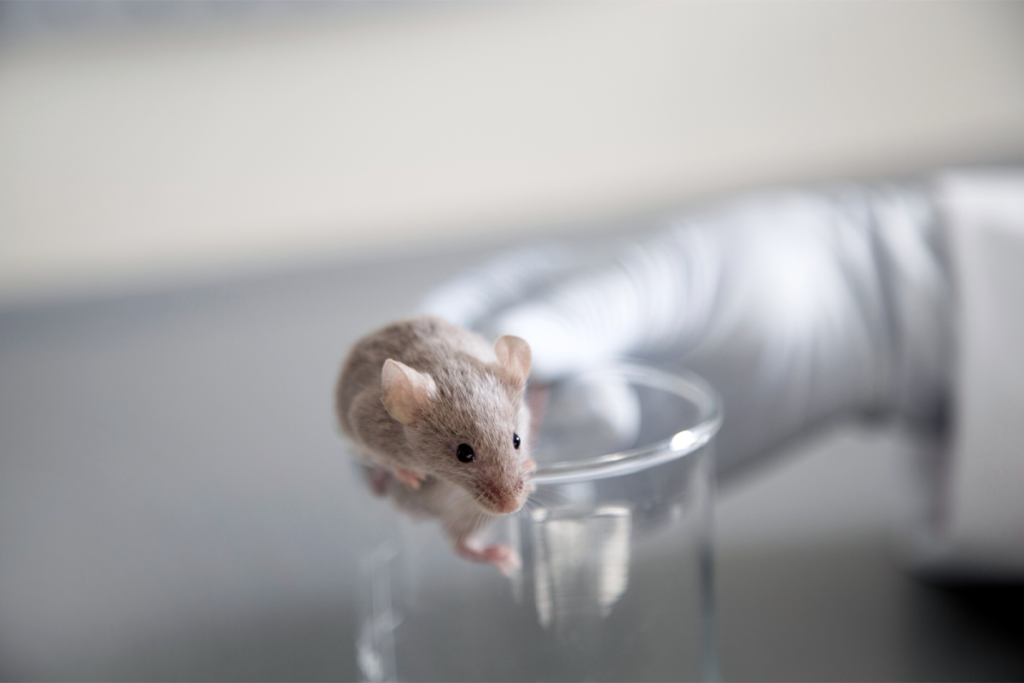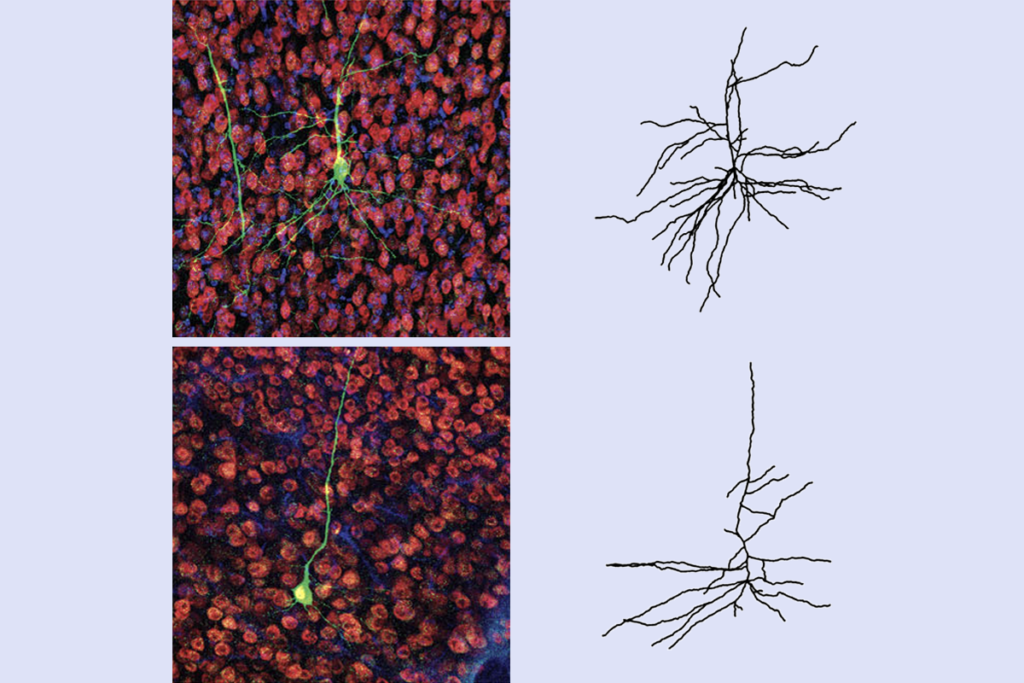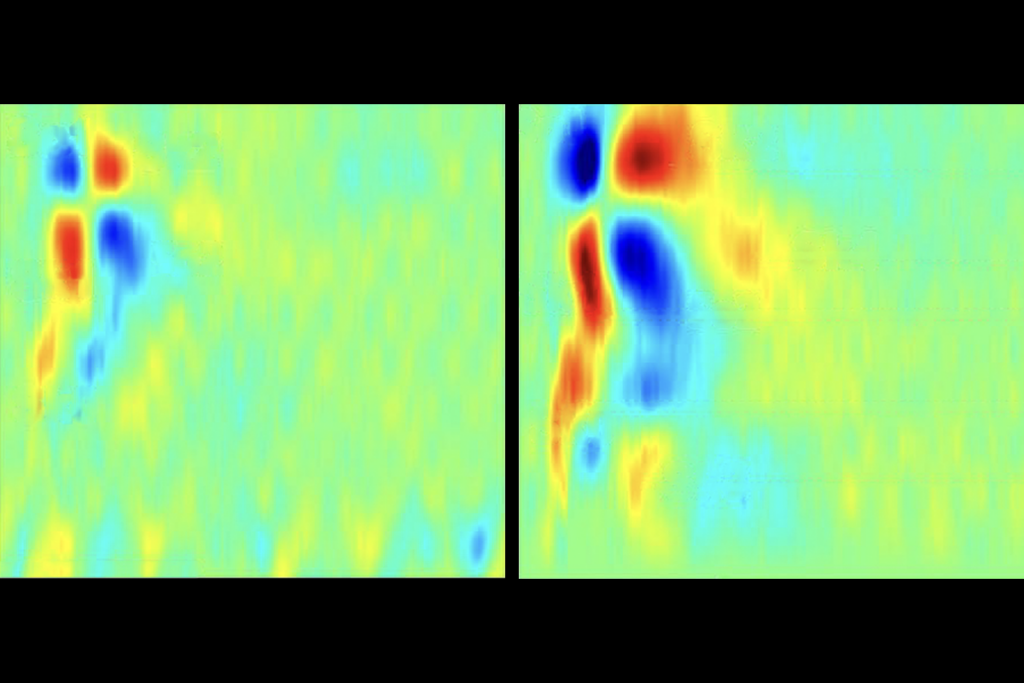Researchers remove placenta from pregnant mice
Researchers have developed a technique that allows them to remove a functioning placenta from a pregnant mouse late in gestation, they reported 8 January in Nature Protocols.
Researchers have developed a technique that allows them to remove a functioning placenta from a pregnant mouse late in gestation, they reported 8 January in Nature Protocols1.
The method may help researchers study how molecules in a mother’s blood affect the fetal environment. The placenta selects which maternal factors, such as antibodies and hormones, reach the fetus. It also amplifies the effects of certain harmful molecules, which researchers suggest may raise the risk of autism.
In the study, researchers describe how to remove a live placenta and the appropriate chemical environment in which to keep the tissue. The technique, called perfusion, involves isolating the uterine and umbilical arteries and connecting them to a flow of solutions, which keep the tissue oxygenated and hydrated at the correct pH balance.
As well as identifying the ideal composition of the buffers, the researchers established the correct temperature of the solutions. They also determined how best to pump the solutions into the placenta so that the veins and arteries do not collapse.
Following perfusion, researchers can inject different molecules into the placenta through the maternal artery to see whether they reach the fetus’ body and brain. They can also track fluorescently tagged molecules as they travel from the maternal artery into the fetal blood.
The researchers used the technique in a study published last year to show that levels of tryptophan — an amino acid that is a precursor of the chemical messenger serotonin — regulate levels of serotonin in the fetal brain. In contrast, adding serotonin directly to the maternal artery does not affect fetal serotonin levels.
Correction: This article has been modified from the original. The original article incorrectly stated that the fetus is unharmed and kept alive during the procedure.
References:
- Geoden N. and A. Bonnin Nat. Protoc. 8, 66-74 (2013) PubMed
Recommended reading
Explore more from The Transmitter

Systems and circuit neuroscience need an evolutionary perspective
Keith Hengen and Woodrow Shew explore criticality and cognition



